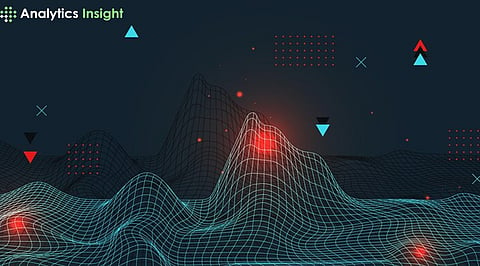

Data visualization is great for efficient data analysis. Before discussing about Data Visualization, let us look over Data science. Data science is the study of data and turning them into meaningful insights. It is an approach that combines practices from the fields of mathematics, statistics, artificial intelligence, and computer engineering to analyze large amounts of data. Data analysis helps data scientists to ask, answer, and analyze information to make decisions make predictions, and draw conclusions.
Now, Data Visualization is used to present these to stakeholders who invested time, and resources and are in the outcome of the project. Data visualization is the graphical representation of information in pictorial or graphical formats. Data visualization tools are essential to analyze massive information and understand trends, patterns in data, and outliers that can skew the information. General types of data visualization are Charts, Tables, Graphs, Maps, and Dashboards.
Data analysis is powerful, but raw numbers and figures alone do not tell the full story. While graphs and charts have long been used to transform raw data into accessible and actionable information, traditional two-dimensional representations can be limited in their ability to convey complexity and multifaceted relationships. This is where 3D data visualization comes in.
In the evolving world of data visualization, 3D tools have gained more traction to offer comprehensive insights. Here’s a list of some 3D Data Visualization tools.
Tableau remains a favorite for its inherent interface which results in significant visualization features with interactive chart creation with a simple drag-and-drop mechanism.
Microsoft Excel is a simple data analysis tool that is easy to use. Excel has evolved to offer captivating 3D data visualizations along with Quick data representation comparisons and complex chart formations.
SAS visual analytics boasts an innate platform for crafting captivating dashboards accompanied by interactive web reports and mobile app compatibility.
However, there can be Advantages and Challenges with 3D Data Visualization.
3D Data visualization allows to representation of the data in a spatial context which will provide users with a better perception of depth in data. This can help users to understand complex relationships.
3D visualizations often offer more interactive experiences compared to traditional 2D representations. With 3D visualizations users can rotate, zoom, and manipulate the visualization to explore different aspects of the data, leading to increased engagement and deeper insights.
For certain types of Data, especially with multidimensional relationships,3D visualization tools are reliable and effective in communicating complex information.
It can help stakeholders, researchers, and decision-makers to grasp information, patterns and trends which may not be possible in 2D representation tools
While 3D visualizations can provide additional depth and detail, they can also suffer from visual clutter and complexity. Too much information in a 3D space can overwhelm viewers and make it difficult to discern important patterns or trends. Designing effective 3D visualizations requires careful consideration of how to balance complexity with clarity.
Rendering 3D visualizations can be computationally intensive, especially when dealing with large datasets or complex models. This can lead to performance issues, such as slow rendering times or laggy interactions, particularly on lower-end hardware or in web-based applications.
Not all users may have the same level of familiarity or comfort with interpreting 3D visualizations. Some individuals may struggle to perceive depth accurately or navigate the visualization effectively, particularly if they have visual impairments or are using assistive technologies. Ensuring that 3D visualizations are accessible and understandable to a diverse audience can be challenging.
Join our WhatsApp Channel to get the latest news, exclusives and videos on WhatsApp
_____________
Disclaimer: Analytics Insight does not provide financial advice or guidance on cryptocurrencies and stocks. Also note that the cryptocurrencies mentioned/listed on the website could potentially be scams, i.e. designed to induce you to invest financial resources that may be lost forever and not be recoverable once investments are made. This article is provided for informational purposes and does not constitute investment advice. You are responsible for conducting your own research (DYOR) before making any investments. Read more about the financial risks involved here.
